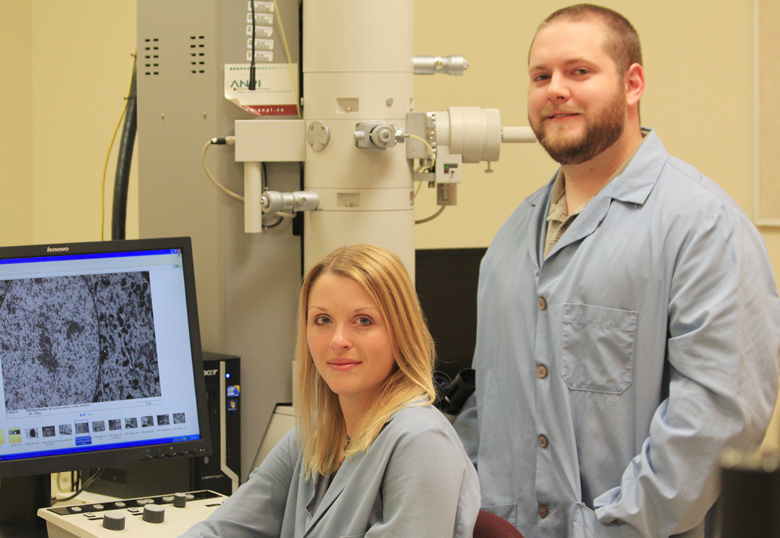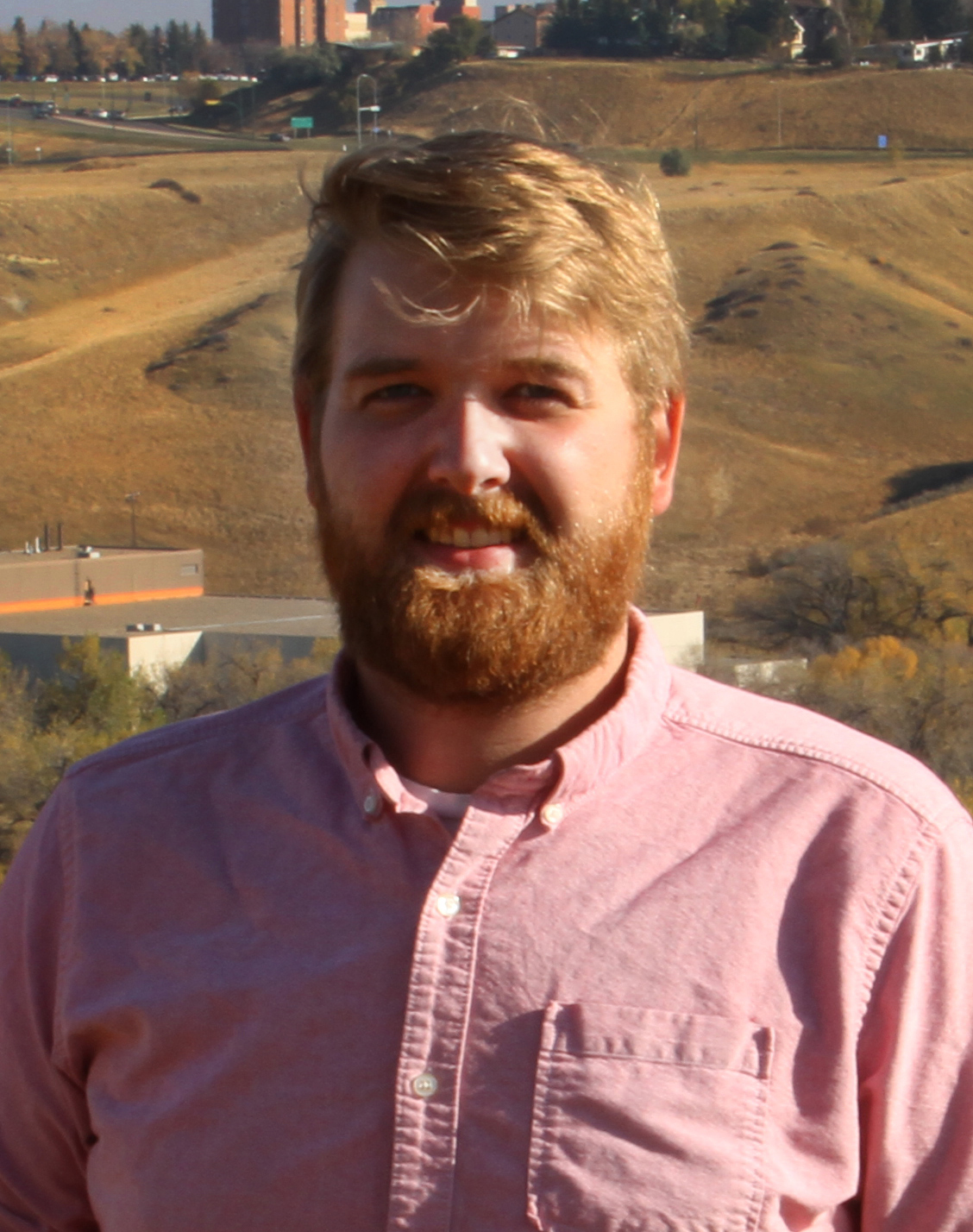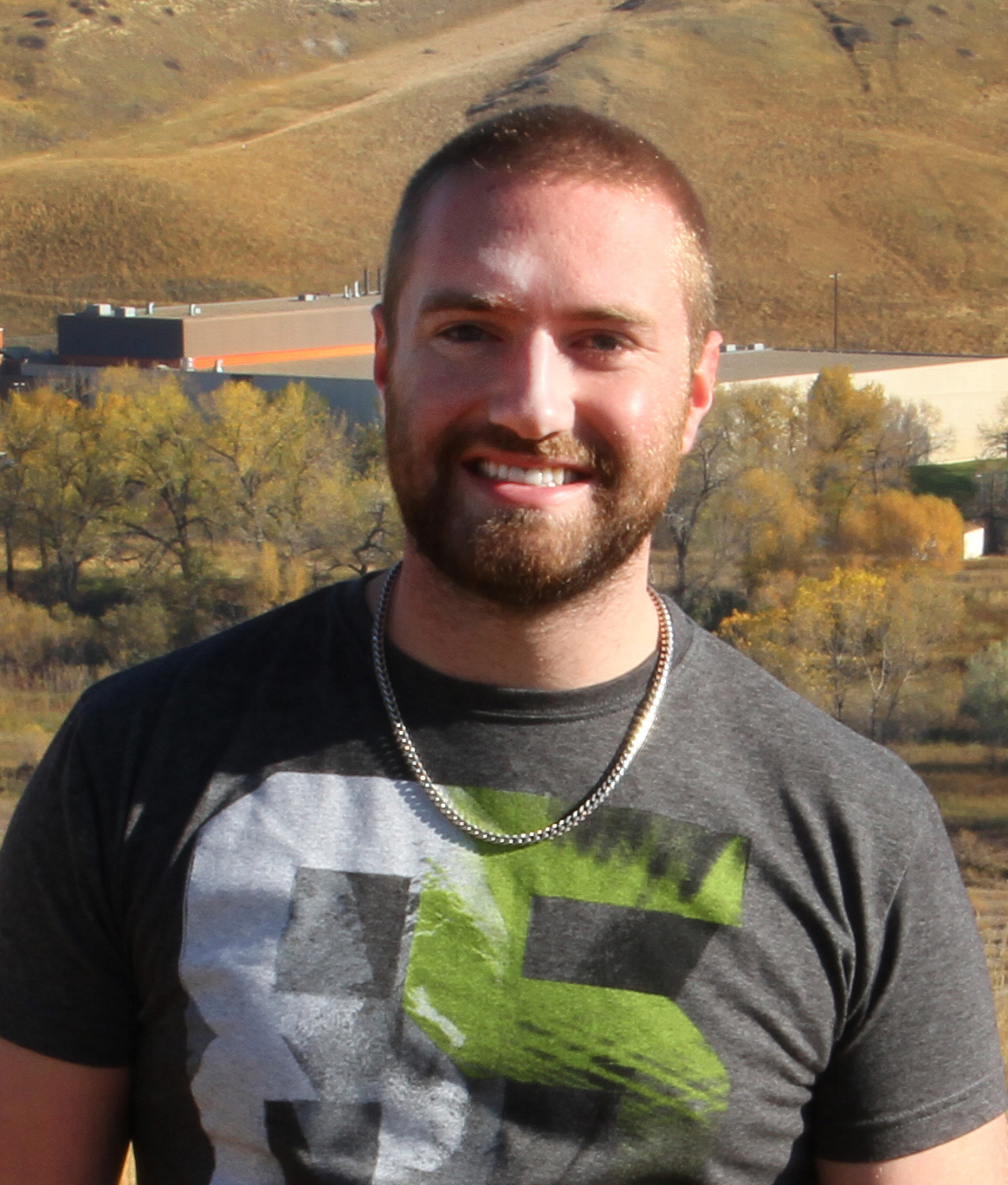A group of University of Lethbridge graduate students is patenting a process that harnesses the power of the body’s own cells to repair scar tissue in the brain – thereby opening up a new world of possibilities for treating stroke and traumatic brain injury.

The students, who just recently formed Nomadogen Biotechnologies Inc., have created a combination genetic and cellular therapy dubbed Nomadocytes, which utilizes patient-derived cells to non-invasively deliver therapeutic molecules to brain cells affected by injury or disease.
The group recently won two of three categories at the Chinook Entrepreneur Challenge presented by Community Futures Lethbridge Region, earning the top award in the Technology and Innovation Business Stream and Student Business Stream.
“This research is very exciting,” says Zak Stinson, a Regina, Sask. native who came to the U of L in 2011 to complete a Bachelor of Science degree with a major in Neuroscience. He is now working on his Master of Science with a major in Neuroscience degree under the guidance of Dr. Bruce McNaughton and is based out of the University of California-Irvine. “Neurodegenerative disorders are devastating to patients, families and the economy. There is massive unmet need for new, better treatments for things like stroke, Parkinson's disease, and Alzheimer's disease, and this need is only going to increase as the population ages.”
The beauty of Nomadogen’s technology is its relative simplicity and non-invasive nature.
“Nomadocytes are a naturally occurring type of brain cell that we can derive from bone marrow cells, modify for our own purposes, and re-administer without any invasive neurosurgical procedures,” explains Aubrey Demchuk, a Lethbridge native who recently completed a Master of Science degree with a major in Neuroscience at the U of L. “We are simply adapting a small communication vesicle produced by these cells so that they are attracted specifically to areas of the brain that are damaged, basically anything with scar tissue from either stroke or traumatic brain injury, and using them to deliver a therapeutic message.”

The cells naturally migrate to these damaged areas in the brain before releasing a vesicle that contains a specifically designed DNA molecule. This molecule is taken up by the scar tissue and, when the DNA is expressed, converts the scar tissue back into functional neurons.
The group’s pre-clinical trials in cell culture models have been extremely encouraging and, by fall 2015, testing will move into rodent models.
“If the cells behave in a living brain as we predict they will, the therapeutic potential for Nomadocytes is massive,” says Stinson.
Because the technology they have created is an easily adaptable platform, a litany of other neurodegenerative disorders could potentially be treatable and the therapy could even conceivably be used to target peripheral injuries, such as tissue damage in a limb.
Demchuk, Stinson and partners, Scott Wong and Evan Caton, met as part of the U of L’s award-winning iGEM program and quickly found a synergy in their thinking.

“The four of us have different but complementary backgrounds in genetics, neuroscience, and biochemistry and together we generated a number of ideas that fit together very nicely,” says Demchuk. “At the end of the iGEM season, we had collectively invested a lot of time and thought into this project and wanted to pursue it further, if only because the research seemed promising. The company was kind of an accident that came out of it.”
She admits that, as scientists, they never thought about the business side of their technology but were encouraged by faculty members within the Canadian Centre for Behavioural Neuroscience (CCBN) to incorporate and then patent their technology. With guidance from the University-Industry Liaison Office and assistance from technology advisor Bill Halley and the Regional Innovation Network Southern Alberta (RINSA), among others, Nomadogen is generating significant industry buzz.
“It is very exciting because we are already much more successful than we had ever hoped,” says Demchuk. “We came in with very low expectations and so far we have had a lot of people interested and invested in our idea.”
